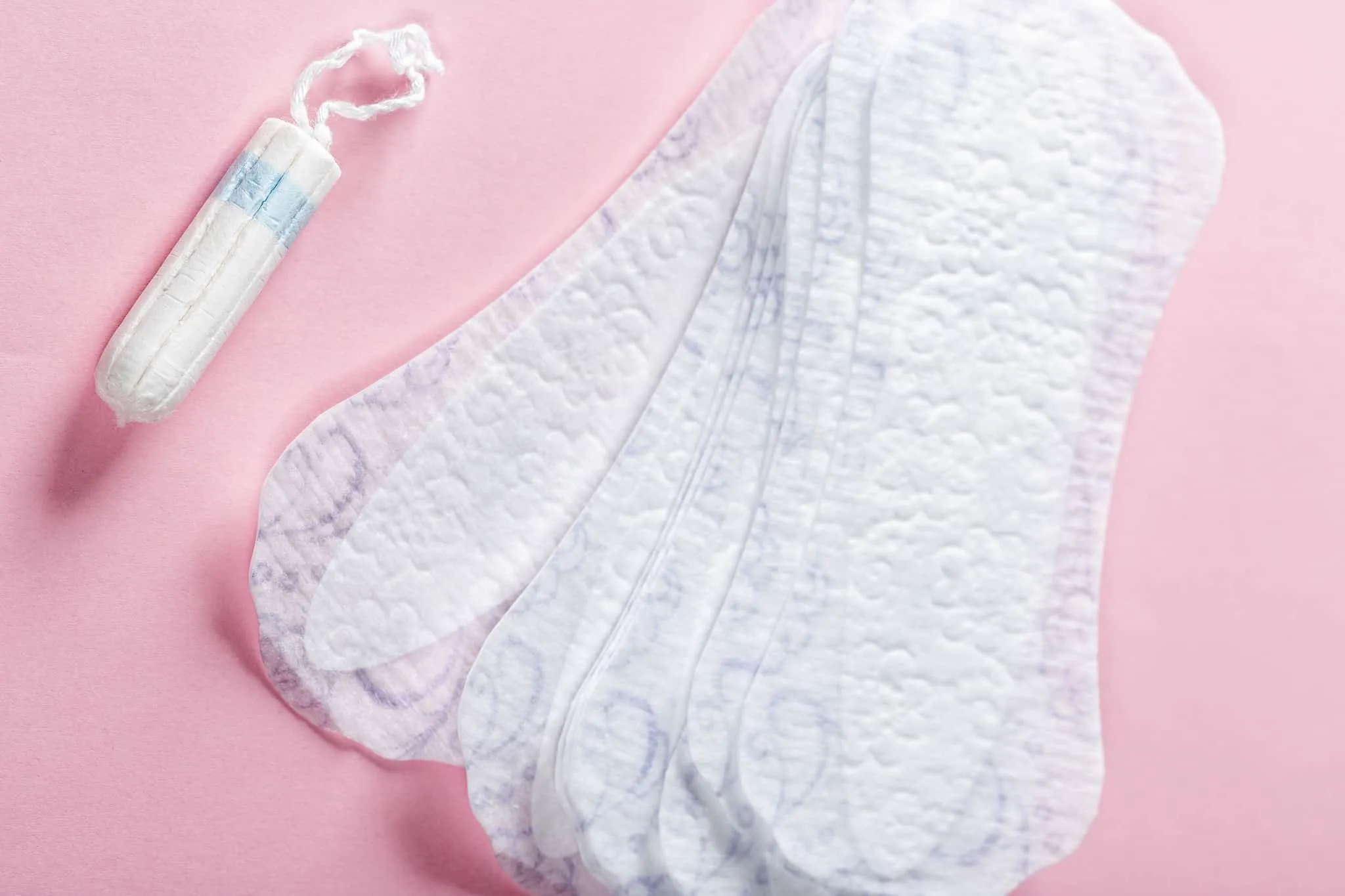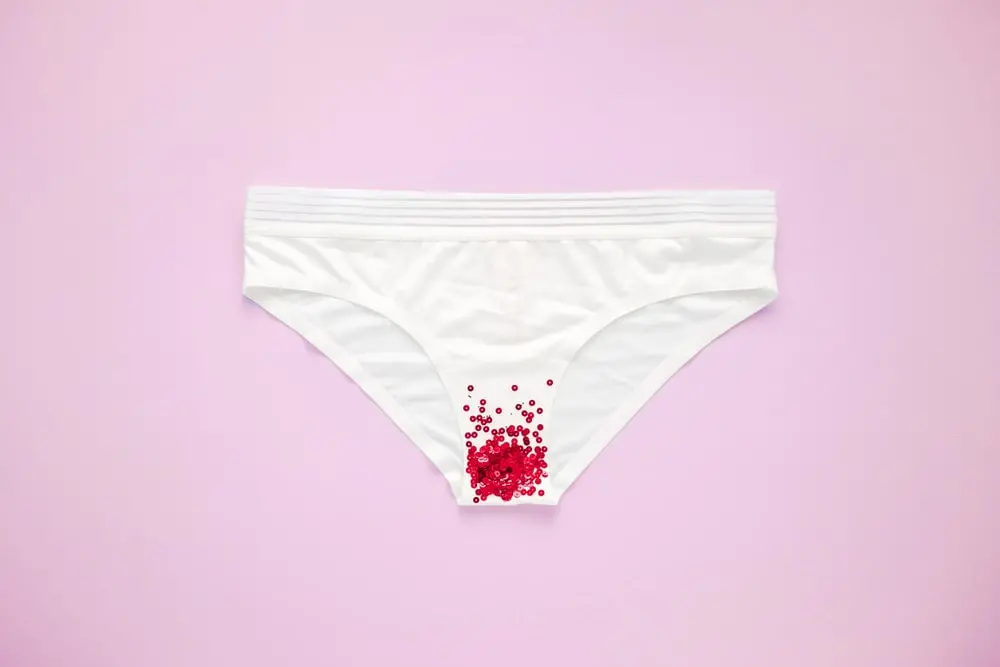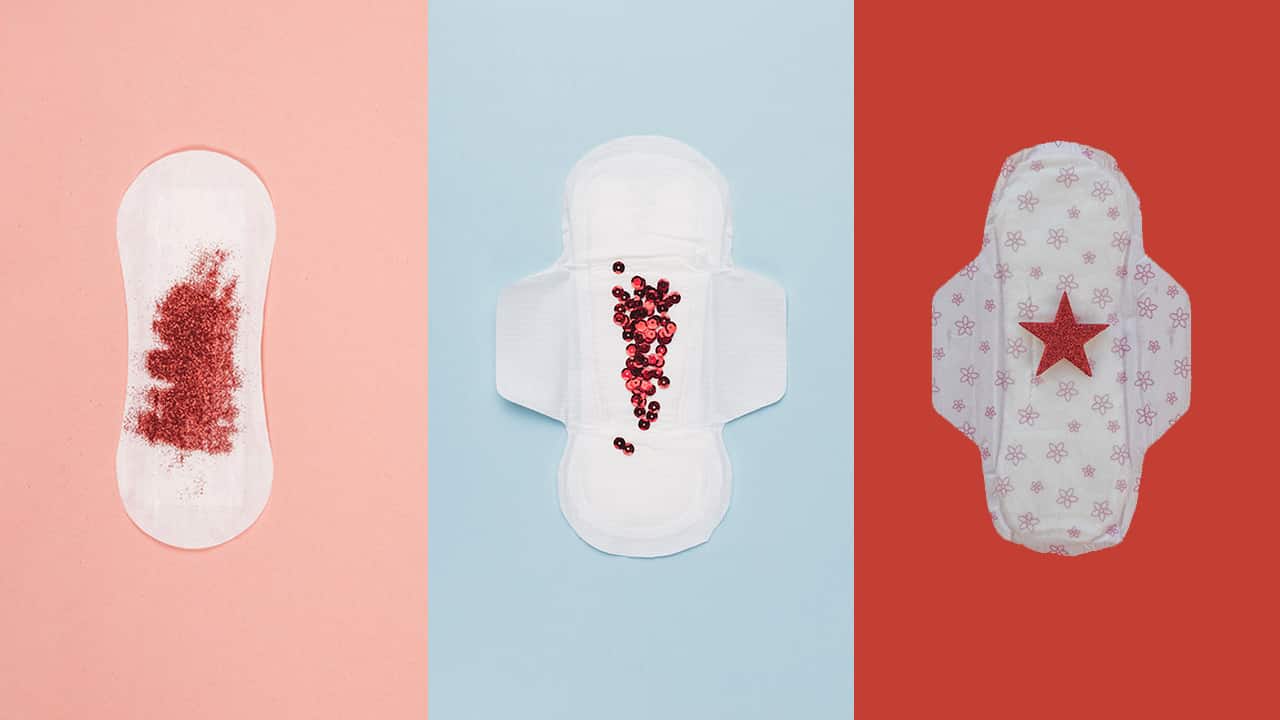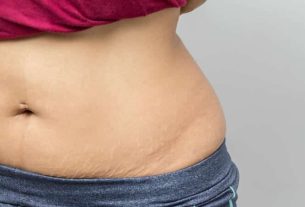Menstruation is still a huge taboo in society, but it is necessary to normalize this period and uncover the myths and truths about it.
Anyone who thinks that only men have doubts about menstruation is mistaken. Of course, they are not the only ones who do not fully understand this “critical” monthly period in women’s lives.
Above all, women themselves – either because they are embarrassed to ask or because of a simple lack of interest – have their heads full of questions about menstruation. In fact, they almost always get confused when it comes to the myths and truths regarding the topic.
Do you, for example, dear reader, consider yourself an expert on menstruation? Well, it’s difficult to answer this question with certainty, because there is always something that we think we understand, but which can happen very differently.
For example, do you know if walking barefoot during menstruation can affect the intensity of cramps? And about the menstrual cup, can you say that every woman can use it? Can pregnancy really happen while a woman is menstruating?
Difficult, right? So, if you don’t know how to answer half of these questions, pay close attention to the list below. We will certainly put an end to many of your doubts today.

What is myth and what is true about menstruation?
1. Is it possible to get pregnant while menstruating?
True! Although rare, this is possible because female hormone production can vary greatly. Ovulation, above all, can occur during the menstrual period itself.
2. Is it bad to wash your hair while menstruating?
Mito! Older people said that washing your hair during menstruation could even increase blood flow, but that’s not the case. You can shower however you want during your period.
3. Can menstrual cups and tampons take virginity?
It depends: smaller tampons, placed correctly, can be used with peace of mind; but, in the case of a menstrual cup, it can be more dangerous.
Because it is more resistant and takes up more space internally, it can end up breaking the hymen. If in doubt, talk to your gynecologist.
4. Can women synchronize their menstrual cycle?
True! According to experts, women who live together tend to menstruate at the same time due to hormonal production.
Some external factors and even the natural (and not conscious) competitiveness of our species can cause women’s cycles to become synchronized.
5. Does walking barefoot make cramps worse?
Mito! There is nothing to prove the influence of cold floors on the complication of menstrual cramps. For experts, it is possible that the colder temperature on the floor simply creates greater discomfort in those who are in pain.
6. PMS does not exist.
You’re kidding, right? Myth, myth, myth! Premenstrual tension or PMS is real! It happens, above all, due to hormonal fluctuations during a certain stage of the menstrual cycle.
The most common symptoms during these times, for example, are irritability, tiredness, abdominal swelling, among others, whether mild or more intense. This, after all, depends a lot on the person, their lifestyle habits and so on.
7. Does having sex during menstruation increase the chances of contracting STIs?
True! According to experts, blood works as a kind of food for microorganisms and this provides them with the perfect environment for proliferation and, of course, the development of diseases.
This is why having unprotected sex during menstruation makes a woman more likely to contract and transmit sexually transmitted infections. In the latter case, the greater number of microorganisms in the blood can compromise the health of your partners.
8. Are contraceptives that stop menstruation harmful?
Mito! In short, pills that prevent menstruation are no more harmful to your health than any other. However, if your period has not come for months and you are not pregnant or are not taking a contraceptive that can stop it, it is best to see a doctor.
In fact, every woman, whether taking the pill or not, should see a gynecologist at least once a year.
9. Having sex during menstruation does not pose any problems to female health.
True! If the relationship is safe, therefore, there is no need to be afraid of intimacy, even during bleeding days.
In fact, there are even special absorbents that make these moments easier. Basically, they don’t have a tampon string, and they work like a sponge, absorbing everything without causing any discomfort to the woman or her partner.
10. Can strong flow cause anemia?
Mito! Heavy flow, in short, does not cause anemia. This is only a concern when menstruation is very irregular, due to uterine fibroids, ectopic pregnancy, among other health problems.
In general, women only need to be really concerned if heavy bleeding lasts longer than 7 days or if the menstrual cycle is shorter than 21 days.

11. The first menstruation always occurs at the age of 12.
Mito! The first menstruation, also called menarche, occurs during the first puberty and varies greatly from girl to girl. Therefore, it is natural for it to occur between 10, 11, 12 and 13 years of age. Even so, this is not a rule and will depend on each person’s body.
12. The period of menstruation is 7 days.
Mito! Again, it varies a lot from woman to woman. Therefore, menstruation can last from 3 to 8 days normally. Furthermore, the amount of blood is also different for each person. Therefore, do not compare your cycle with that of other women, as each organism is different and has its own cycle.
13. Girls stop growing after their first period.
Mito! I’m sure you must have heard this phrase when you had your first period and, like me, you must have been scared. However, this information is nothing more than a myth: girls continue to grow and develop their bodies until, generally, they are 16 years old. What happens is that the first phase of growth, where we see greater development, occurs until the age of 13, a period in which menarche usually also occurs. Therefore, it leads many people to believe that one thing is related to the other.
14. The normal color of menstruation is dark red.
True! Although menstruation is intimate and different for each woman, the color of your blood can demonstrate how your health is. Therefore, the normal color of menstruation is dark red, with the exception of the first few days, which may appear lighter and more pinkish, and the last few days, when the color may be even darker than natural. This is because in the beginning, the blood is less in contact with the air and becomes lighter. At the end, which can vary between brown and very dark red, it means that the blood has already been in a lot of contact with the air.
However, pay attention to the color of your period throughout the cycle and, if in doubt, consult a gynecologist.
15. You can measure the amount of menstrual flow.
True! It is possible to know how much blood you lose during menstruation, especially with the help of menstrual cups. Generally, this amount varies from 50 to 70 milliliters per menstruation, and is therefore considered a normal flow. Above this, it may be considered abnormal and the recommendation is that you see a doctor.
16. I am pregnant if my period is late.
Mito! Menstruation can be delayed or even not come due to several factors. In cases of women with polycystic ovary syndrome, it is natural that the cycle is not regulated and this leads to changes in the body in which it is possible that menstruation does not come every month. However, for a diagnosis it is necessary to consult a dermatologist.
However, if you have a regulated cycle and your period is late, consult a doctor to investigate the reasons for this.
17. Can I menstruate without ovulating?
Mito! Menstruation occurs because the egg, inside the uterus, has not been fertilized. That is, when there is no contact between a sperm and the egg, it detaches and bleeding occurs. Therefore, there will be no bleeding if there are no eggs. However, if the egg is fertilized by a sperm, the woman can ovulate without menstruating. Therefore, the fertilized egg will not shed and give rise to an embryo, that is, the woman will be pregnant.
However, women who take birth control pills do not ovulate. Because, with the ingestion of hormones through the pill, the ovaries become “dormant” and therefore do not release eggs. Therefore, “menstruation” during the contraceptive break is not a release of unfertilized eggs, just a shedding of the endometrium.
18. In water, menstruation stops.
Mito! Women continue to menstruate in water, in swimming pools, seas or even in the shower. What happens is that, being underwater, the body temperature cools and the pressure outside the body is so much that it can inhibit the flow of blood. However, when leaving the water, the pressure inside the uterus stabilizes and the blood continues to be released normally, and sometimes even faster because it has accumulated.
19. Menstruation can cause anemia.
Mito! Normal and natural menstruation cannot cause anemia. This is if the cycle is regular and the flow of blood released is moderate during the average period of 7 days of bleeding. However, if this number is exceeded or your cycle is too short, that is, less than 21 days, a consultation with a doctor is recommended so that this does not become a problem for your health.
20. Menstrual periods make you fat.
Mito! It is natural that, especially during PMS, we feel bloated, due to the swelling of our abdomen and breasts. Furthermore, because we eat foods that we enjoy more, like that chocolate after lunch to de-stress, we have the impression that during menstruation we gain weight. However, this myth is not real, and this swelling disappears after the menstrual period.
21. You cannot do physical exercise during menstruation.
Myth, myth, myth! On the other hand, there is no problem with doing physical exercise during your menstrual period. Exercise is highly recommended, as walking, cycling, running and other types of aerobic activities help to release hormones, such as endorphins, which help to inhibit menstrual pain, such as cramps, for example.
22. Using pads for a long time is bad for your health.
True! Absorbents, both external and internal, contribute to creating heat in the intimate region, which helps the proliferation of bacteria that can destabilize the vaginal balance and cause infections. Therefore, pay attention to the usage time of each absorbent, the recommended time is 4 hours for external ones and 3 hours for internal ones.
However, women who use menstrual cups can stay with them for up to 12 hours. However, when changing and cleaning the collector, it is important to clean it properly, with neutral soap, and sterilize it at each end of the cycle, in order to avoid bacteria from the environment.
So, can we help you better understand how your body works? Now, speaking of menstruation, you might like to check it out and also better understand this other subject: 6 questions about the menstrual cup that every woman has.
Source: Your Health
Featured image: Toda Teen
Images: Galileu Magazine, Salon Line

Sign up for our newsletter and stay up to date with exclusive news
that can transform your routine!
Warning: Undefined array key "title" in /home/storelat/public_html/wp-content/plugins/link-whisper-premium/templates/frontend/related-posts.php on line 12
Warning: Undefined array key "title_tag" in /home/storelat/public_html/wp-content/plugins/link-whisper-premium/templates/frontend/related-posts.php on line 13




